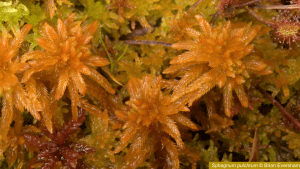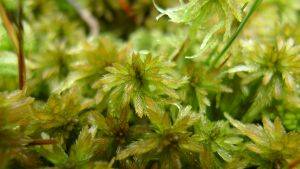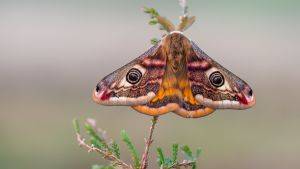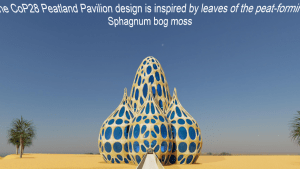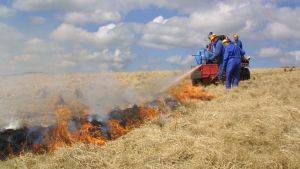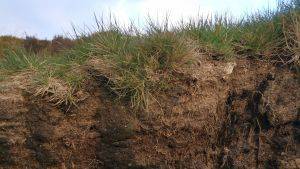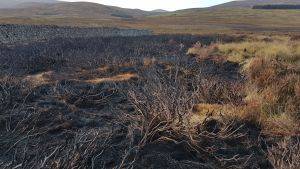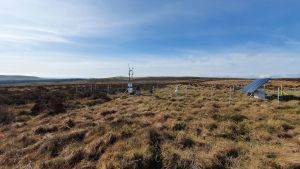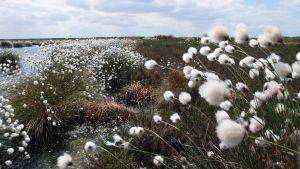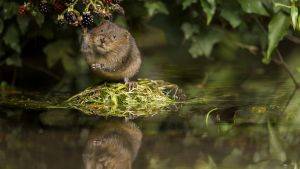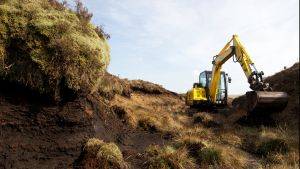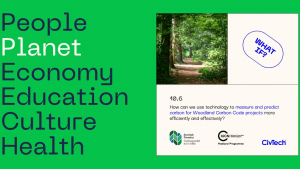
Latest News
Desmids of peatlands © Emma Goodyer
Latest News
Don't miss our 'Measuring biodiversity: from principles to practice' webinar!
February 20, 2024
Join the IUCN UK Peatland Programme for this free webinar as we explore traditional and technological approaches to measuring biodiversity and how they are being applied in restoring and conserving our precious peatlands.
Introducing our species showcases
February 2, 2024
Throughout 2024, we are celebrating peatland biodiversity through a series of monthly showcases featuring a particular peatland species or species group. Our first showcase introduces the Sphagnum mosses.
Come and volunteer with us!
January 29, 2024
We are looking for an enthusiastic and motivated Communications Volunteer who can help us with our website redevelopment by helping to populate our new website with content and images.
Fill in the PeatQuest Survey to shape global peatland research
January 23, 2024
The PeatQuest Research Project team are inviting you to participate in their global survey, as your valuable input will help guide peatland stakeholders by suggesting future projects and highlighting important research topics and priorities for the next decade and beyond.
Paludiculture call for evidence for Peatland Code
January 11, 2024
Please fill in our survey! We are inviting evidence for all paludiculture sites and all crop types, regardless of their success to help us to fully understand the current paludiculture landscape and seek funding for the research gaps that need filling.
New Year Honours for peatland specialist
January 3, 2024
Natural Resources Wales’ senior peatland specialist, Dr Peter Jones, has been awarded an MBE for services to Welsh peatlands and to the community in Wales.
New Virtual Peatland Pavilion
December 14, 2023
The IUCN UK Peatland Programme and Richard Lindsay have produced a new Virtual Peatland Pavilion, supported by UNEP's Global Peatlands Initiative, containing a suite of inspiring global peatland material from cultural videos to policy documents.

